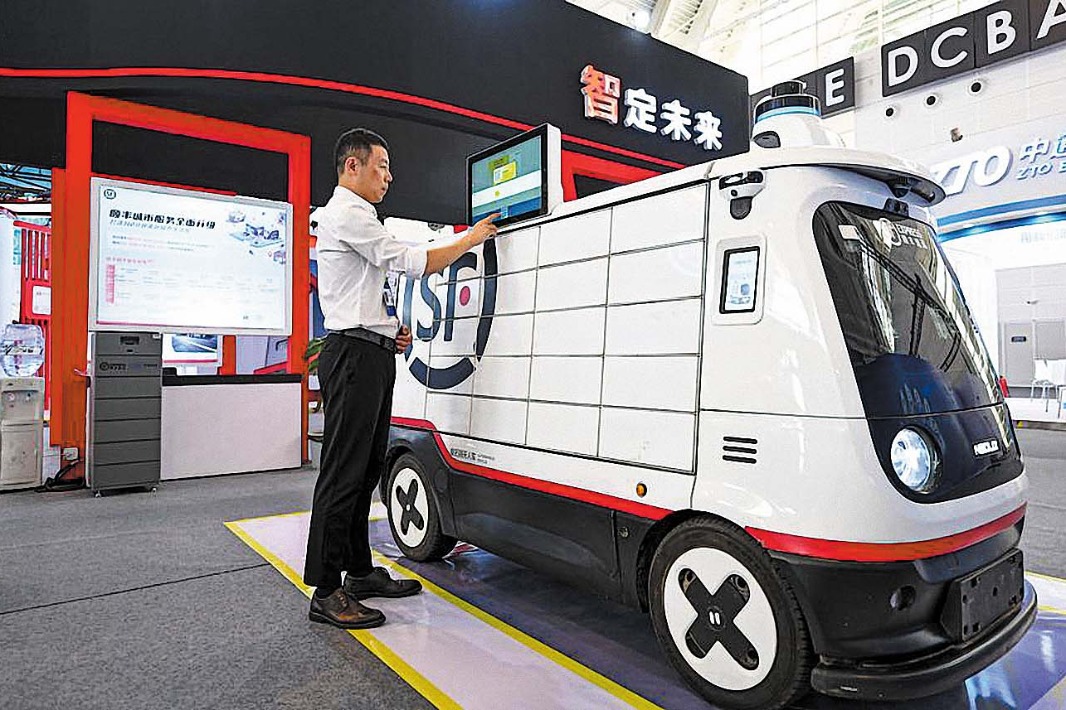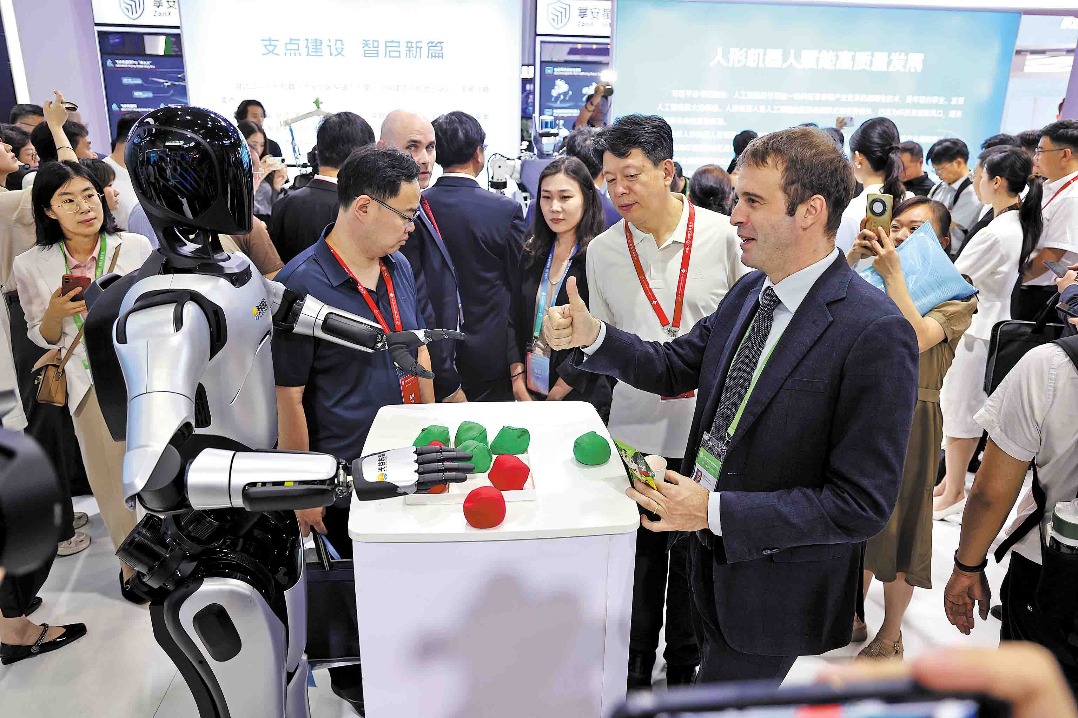AI's role key, but firms need more time


While C-suite executives across the world agree that artificial intelligence is key to increased productivity, most workforces are not yet ready to embrace the transformation, a report by international human resources service provider Mercer showed.
In a poll covering over 12,200 company executives and industry insiders across 17 geographies and 16 industries, 40 percent of the executives said AI is expected to increase workforce productivity by 30 percent, according to Mercer's 2024 Global Talent Trends Study unveiled to Chinese audiences on Monday.
Under closer scrutiny, the 30 percent increase either stands for replacing 30 percent of the company's human staff, or increasing productivity by 30 percent with the headcount remaining unchanged, Ilya Bonic, Mercer's global career leader and head of strategy, explained at a news briefing in Shanghai on Monday.
However, 58 percent of the surveyed executives believe that technology is advancing faster than their firms' pace in retraining workers. Only one-third of the companies believe they are able to realize growth this year under the current talent model.
Therefore, 44 percent of the interviewees globally said they will redesign work to incorporate AI into automation, while the ratio was slightly lower in China, with 36 percent of the respondents entertaining this option.
According to Peta Latimer, president of Mercer Asia, blue-collar workers were the most vulnerable group over the past few rounds of technology revolution. However, white-collar workers and professionals will be the most affected by AI, the first time in history.
Mercer found that 45 percent of the interviewed Chinese employees are confident that their companies will provide AI-related skills training, while the global average is only 30 percent.
When asked if they were willing to give up 10 percent of their salaries in exchange for something, 29 percent of the Chinese employees said they wanted to learn new things during work hours, while the ratio was 20 percent in neighboring markets such as Southeast Asia, said Eric Lu, career product leader at Mercer China.
The Chinese employees' ideal of learning something new during the course of their work may be realized by the adoption of AI, as people will have extra time as machines take over repetitive and transactional work, Bonic said.
In general, risks weigh higher on executives' minds this year, including inflation, shifting economic interests, extreme weather or natural disasters accelerated by climate change, and digital acceleration including AI, according to Bonic.
The Chinese job market also faces some pressure in terms of the unemployment rate. But this can be interpreted as "a compounding effect", said Catherine Li, president of Mercer China.
While there are some cyclical reasons, the expanding labor force in China should not be overlooked. On the one hand, more younger candidates, especially fresh university graduates, are entering the job market every year. On the other, the senior groups have not retired from their current posts. The expanding base will affect employment figures, said Li.
More importantly, technological advancement such as generative AI exerts the biggest influence.
Low-level jobs that can be replaced by AI will no longer be needed. Traditional industries such as real estate are seeing their employment rates declining.
In general, industries are upgrading as China calls for the development of new quality productive forces. However, candidates' reskilling and upskilling are still underway, resulting in a mismatch of talent demand and supply.
However, this can be considered structural unemployment, which can be termed as a positive signal as it reflects the economy's upgrading and transformation, she said.




































